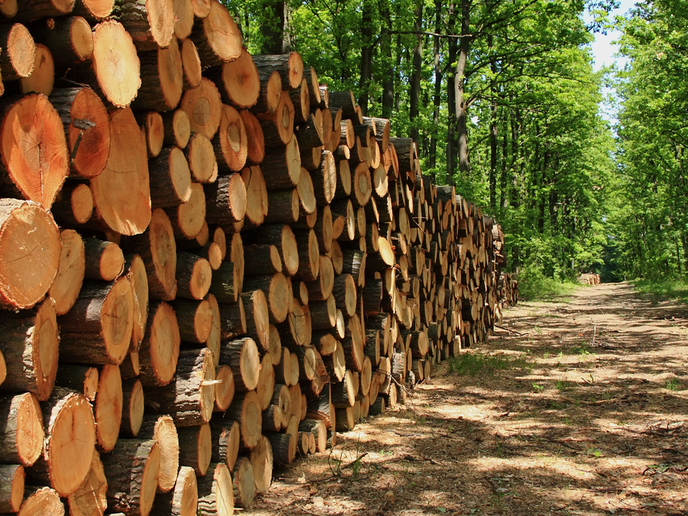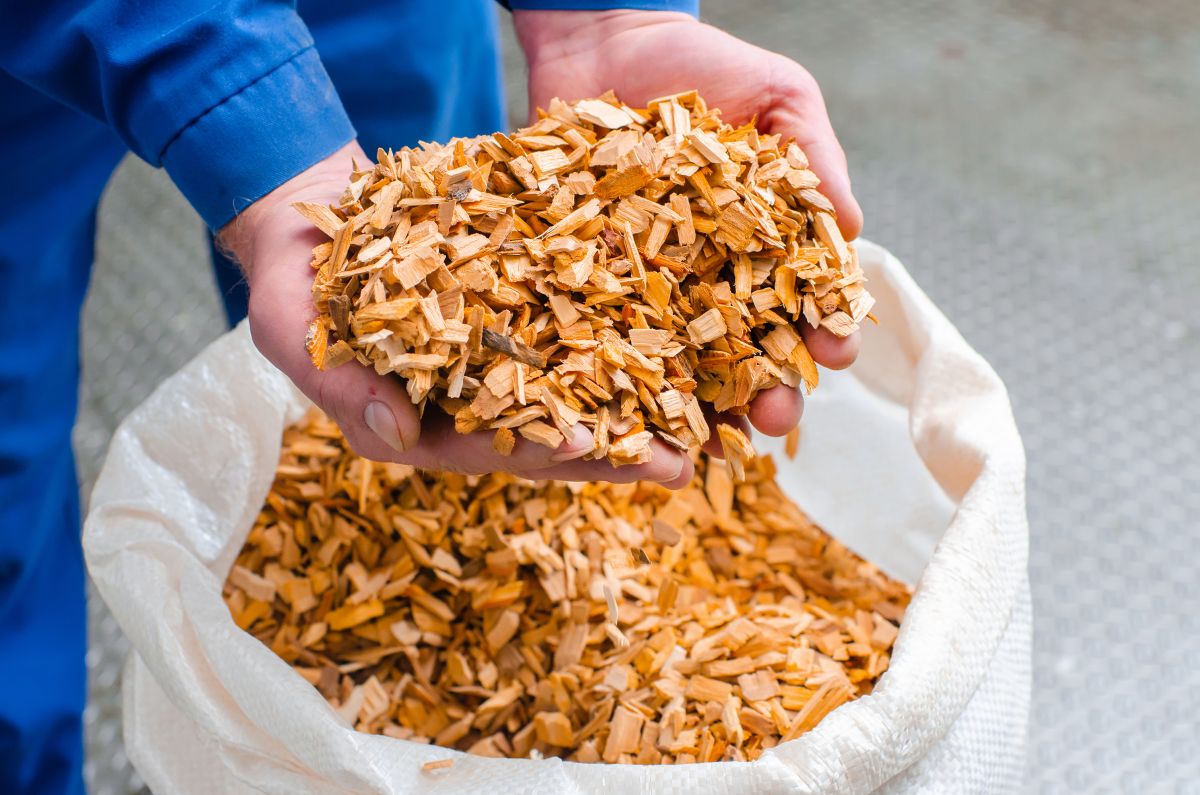As the world grapples with the urgent need to transition towards more sustainable and eco-friendly energy sources, exploring alternative fuels becomes paramount. One such avenue gaining traction is the conversion of sugarcane bagasse into charcoal, offering a promising alternative to traditional coal. Sugarcane bagasse, the fibrous residue left after extracting juice from sugarcane, holds untapped potential for energy production. In this comprehensive exploration, we will delve into the process of converting sugarcane bagasse into charcoal by sugarcane bagasse charcoal making machine, examining its environmental benefits, economic viability, and its role in fostering a greener energy future.

Understanding Sugarcane Bagasse
Sugarcane bagasse is the residual biomass obtained from sugarcane processing. Typically, this fibrous material is considered waste after the extraction of sugarcane juice. However, its potential as a valuable resource for energy production has sparked interest in its conversion into charcoal.
Composition of Sugarcane Bagasse
Sugarcane bagasse is primarily composed of cellulose, hemicellulose, and lignin. Cellulose forms the structural component of the plant cell walls, while hemicellulose acts as a bonding agent, and lignin provides rigidity. Harnessing the energy stored in these components through the conversion process can unlock a sustainable energy source.
The Charcoal Production Process
Converting sugarcane bagasse into charcoal involves a series of well-defined steps, each contributing to the transformation of biomass into a cleaner and more sustainable alternative to coal.
- Harvesting and Collection: The first step involves the collection of sugarcane bagasse from sugar mills. Given that sugarcane is a widely cultivated crop, the availability of bagasse is abundant, making it a convenient and cost-effective raw material.
- Drying: The collected bagasse is then subjected to a drying process to reduce its moisture content. Lowering moisture levels is crucial for efficient combustion during the subsequent carbonization phase.
- Carbonization: Wood charcoal making machine for sale is the key step in the conversion process. In this phase, dried bagasse is heated in the absence of air, initiating the breakdown of complex organic compounds into carbon-rich materials. This is typically done in a controlled environment such as a kiln or pyrolysis reactor.
- Activation (Optional): Depending on the desired characteristics of the charcoal, an activation step may be included. Activation involves exposing the charcoal to an oxidizing agent, creating pores that enhance its adsorption capacity. This activated charcoal can find applications beyond fuel, such as in water purification or air filtration systems.
- Grinding and Sizing: The charcoal is then ground into a fine powder and sized according to the intended application. This step ensures uniformity and optimal performance when used as a fuel source.

Environmental Benefits of Sugarcane Bagasse Charcoal
The conversion of sugarcane bagasse into charcoal presents several environmental advantages over traditional coal, contributing to the global efforts to mitigate climate change and reduce reliance on fossil fuels.
- Renewable Resource Utilization: Sugarcane is a renewable crop with a short harvest cycle, allowing for sustainable use of its by-products like bagasse. This contrasts with coal, a finite resource formed over millions of years.
- Reduced Greenhouse Gas Emissions: The combustion of sugarcane bagasse charcoal releases fewer greenhouse gases compared to conventional coal. Since bagasse is a by-product of a plant that absorbs carbon dioxide during its growth, the net carbon footprint is significantly lower.
- Waste Reduction and Circular Economy: Converting sugarcane bagasse into charcoal maximizes resource utilization and minimizes waste. This aligns with the principles of a circular economy, where by-products are transformed into valuable resources, reducing the overall environmental impact of industrial processes.
Economic Viability of Sugarcane Bagasse Charcoal Production
Beyond its environmental benefits, the economic viability of producing charcoal from sugarcane bagasse is a crucial factor in determining its feasibility as an alternative coal fuel.
- Cost-Effective Raw Material: Sugarcane bagasse is often considered waste and is readily available at sugar mills. Utilizing this by-product for charcoal production can reduce raw material costs, making the process economically competitive.
- Job Creation: Establishing sugarcane bagasse charcoal production facilities can stimulate economic growth by creating employment opportunities in rural areas where sugarcane is cultivated.
- Energy Independence: By harnessing a locally available resource, countries can reduce their dependence on imported coal, contributing to energy security and stabilizing energy prices.
- Diversification of Revenue Streams for Sugar Mills: Sugar mills, traditionally focused on sugar production, can diversify their revenue streams by incorporating charcoal production from bagasse, making their operations more resilient.
Challenges and Considerations
While the conversion of sugarcane bagasse into charcoal holds immense promise, it is essential to acknowledge and address potential challenges to ensure the sustainable and responsible development of this alternative fuel source.
- Energy Intensity of the Production Process: The energy required for the carbonization process can be significant. To maximize the environmental benefits, it is crucial to explore energy-efficient methods and potentially utilize renewable energy sources in the production process.
- Land Use and Agricultural Practices: As sugarcane cultivation expands to meet the demand for bagasse, careful consideration must be given to sustainable agricultural practices to prevent deforestation or encroachment into natural habitats.
- Technological Innovation: Ongoing research and development are necessary to enhance the efficiency of the conversion process, reduce production costs, and optimize the quality of sugarcane bagasse charcoal.
Conclusion
The transformation of sugarcane bagasse into charcoal emerges as a sustainable and economically viable alternative to traditional coal by coconut shell charcoal machinery. By leveraging a readily available agricultural by-product, this process aligns with the principles of circular economy, waste reduction, and renewable resource utilization. The environmental benefits, coupled with the economic advantages, position sugarcane bagasse charcoal as a promising contributor to the global transition towards cleaner energy sources.
As countries and industries explore innovative solutions to address the pressing challenges of climate change and resource depletion, investing in the development and adoption of sugarcane bagasse charcoal presents a tangible and impactful step towards a greener, more sustainable future. Through continued research, technological innovation, and collaborative efforts, we can unlock the full potential of sugarcane bagasse as a renewable and environmentally friendly source of energy, paving the way for a cleaner and more resilient energy landscape.